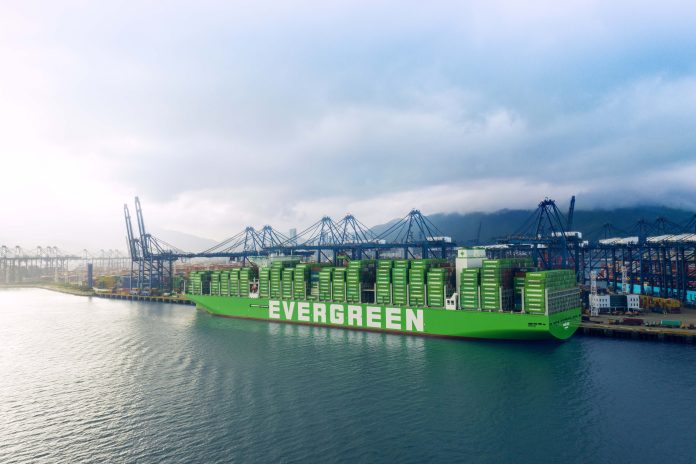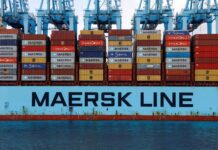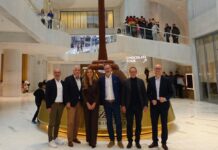
In order to implement the company’s environmental protection policy and carbon reduction goals, Evergreen Marine Corp. has completed a systematic inspection and calculation of greenhouse gas emission inventories for its business operations, including its global operating fleet, office buildings and container terminals in Taiwan. The survey methodology and results were recently certified by BSI (British Standards Institution) in compliance with ISO14064-1:2018 and the GHG Protocol in late July.
Given the impact caused by climate change and the international community’s concerns on sustainability issues, governments around the world have proposed carbon reduction targets. The FSC (Financial Supervisory Commission) in Taiwan also launched its “Sustainable Development Roadmap for Listed Companies” in March this year, requiring companies to disclose their greenhouse gas emission inventories in stages. As a result, listed companies such as Evergreen Marine, with a capital of more than NTD 10 billion, must complete the survey of its greenhouse gas emission sources and inventories next year (2023) and obtain third-party verification by 2024. In addition, surveys and verification of its subsidiaries must be completed in 2025 and 2027, respectively.
To comply with relevant regulations and meet various information needs about greenhouse gas emissions of customers and other stakeholders, Evergreen Marine established a task force responsible for the inspection of its greenhouse gas inventory and the design of a carbon footprint platform. Following a thorough inspection and verification of its greenhouse gas emissions for all business operations, the company simultaneously obtained the two international environmental protection standard certificates of ISO14064-1:2018 and GHG Protocol in July, ahead of the schedules required by the competent authorities.
Evergreen regards these measures as part of its responsibility as a “Guardian of the Green Earth”. The company is using advanced technologies to build a fleet of eco-friendly vessels, which comply with the IMO’s Energy Efficiency Existing Ship Index (EEXI) regulations and enable the best fuel efficiency, and continues to replace old ships with new ones. Currently, 80% of ships in its operating fleet are less than ten years old. This young fleet allows the carrier to operate with maximum efficiency in providing transportation services with lower energy consumption.
Contributing to this efficiency, Evergreen’s investment in the 7th Container Center in Kaohsiung is expected to come to fruition, with operations beginning in the 2nd half of next year. The terminal will gradually replace current operations in the separated transit hubs of the fourth and fifth container centres located in different parts of the port. Consolidation of operations at the brand new transit hub will effectively reduce the shunting of transshipments between the two terminals and eliminate the carbon emissions arising from such transportation.
To fulfil its commitment to green shipping and sustainable operation, Evergreen has set proactive carbon reduction targets based on its levels of carbon emissions in 2008, including a 50% reduction in CO2 emission rate (g/TEU-km) by 2030; a 70% reduction in the emission rate by 2050, and a 50% reduction in overall emission volumes by 2050.
In looking to the future, Evergreen will continue to implement various environmental protection measures across its operations, periodically report its emission inventory, and monitor the progress of its carbon reduction efforts, to reach carbon neutral operation by 2050. In addition, if there are further advances in shipping technology and clean energy development in the future, Evergreen will also be committed to achieving its vision of realizing zero carbon emissions.
อัพเดตข่าวสารและบทความที่น่าสนใจในอุตสาหกรรมโลจิสติกส์ก่อนใคร ผ่าน Line Official Account @Logistics Mananger เพียงเพิ่มเราเป็นเพื่อน @Logistics Manager หรือคลิกที่นี่














